Anyone working in energy is intimately aware of the problem of balance within Australia’s transitioning systems, what gets decidedly less attention are the feelings and cultural undercurrents which play into those changes.
Such things have long been on the mind of Dr Bjorn Sturmberg, Research Leader in the Battery Storage and Grid Integration Program at the Australian National University (ANU).
In a jargon-heavy industry like energy, communications can often obscure rather than clarify things for general audiences – but even for those in the ‘industry know,’ there exists a tendency to latch onto technical details rather than face more foundational issues posed by the bigger picture, Dr Sturmberg says. The kinds of questions raised in industry circles, and the kinds which are not, are for him uniquely telling.
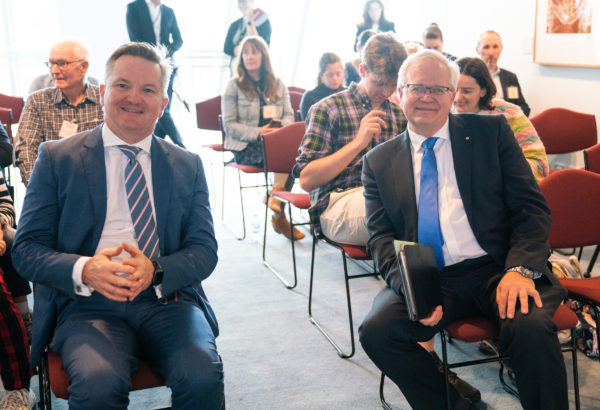
Tracey Nearmy/ANU
“Everyone talks about ‘Australia can be the Saudi Arabia of future energy.’ And it’s like hang on, what part of Saudi Arabia do we want to be? Has anyone had pause to think about this?” Dr Sturmberg tells pv magazine Australia.
“Do we want to be an energy exporting superpower because we tell ourselves we don’t have the creativity or intellectual capacity to do anything other than export raw materials? Or do we want to be more like a Costa Rica, an ecological tourism superpower, where people come to the Northern Territory to wonder at the desert, not to look at tens of thousands of hectares of solar panels? We should ask ourselves that question.”
“And that question should be put to everyone, not just a few key decision makers.”
Which is really what his book Amy’s Balancing Act is about: translating Australia’s energy situation so new demographics can make sense of the change.
There’s something powerful in having normatively loaded things be widely understood, Dr Sturmberg says.
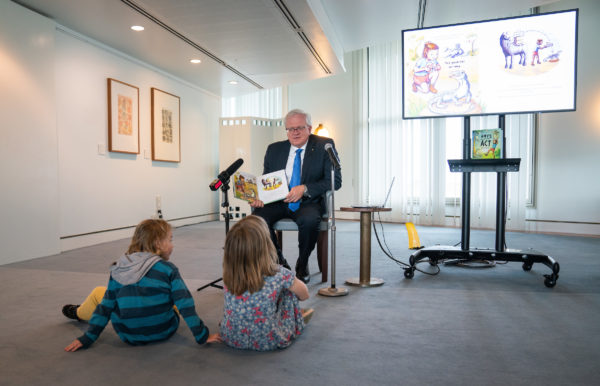
Tracey Nearmy/ANU
The other side of making a complicated electricity system legible is that it disarms the politicians who would prefer to put the transition in the ‘too hard’ basket – a particularly insidious trait in 2018 when Dr Sturmberg started working on the book.
“If you can make something intuitive to a primary school audience, then there are very few adults that claim they don’t understand it.”
While Australia’s heated climate wars are thankfully receding, the conversations about what it means to change, and in which directions Australia should change, are just beginning.
“There’s more emotion to that than is generally talked about in the open,” Dr Sturmberg says.
“We’ve been doing the energy system in a particular way for 50 odd years,” he adds. “The people inside the sector, its traditionally been quite conservative, slow moving industry.”
“My feeling is you went into power engineering because you wanted to manage infrastructure over the space of decades rather than going into software engineer or something that is more disruptive and rapid changing. I think it’s historically attracted a certain type of person.”
Somewhat ironically, this slow moving industry is now “at the forefront of the biggest disruption yet,” Dr Sturmberg says. But the disruption of the energy transition tends to be viewed by the energy industry as primarily a technological change, rather than a more fundamental systematic change that requires major shifts in mindset both within and without.
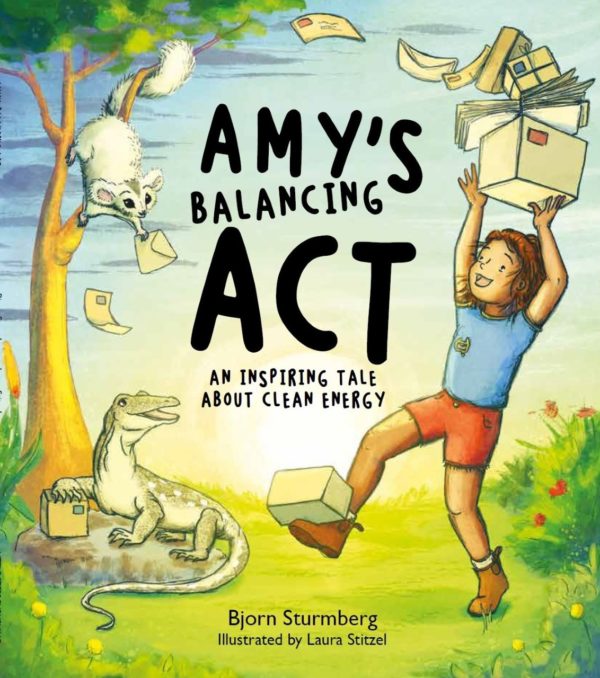
In his book, heroine Amy, whose role mirrors that of the Australian Energy Market Operator (AEMO), must retire her loyal helper Clyde the horse, who in the story represents coal generation. One of the more subtle layers of meaning here is the implication of the horse metaphor for the industry itself – that is, part of the transition will involving a relinquishing of the reins of control. Fossil generation has always been at human’s behest, renewable generation is not.
The loss of coal and fossil generation isn’t just confronting for the workers and communities, it is also a fundamental change in how the people in energy approach their jobs. Moreover, the technologies it will need to deploy may not always come with the risk levels, or lack thereof, the industry has been accustomed to.
Which brings us to one of the core lessons in Dr Sturmberg’s book: diversity. Yes, this refers to energy generation and technology diversity, Dr Sturmberg says, but the power of diversity must also be viewed as a “general guiding principle.”
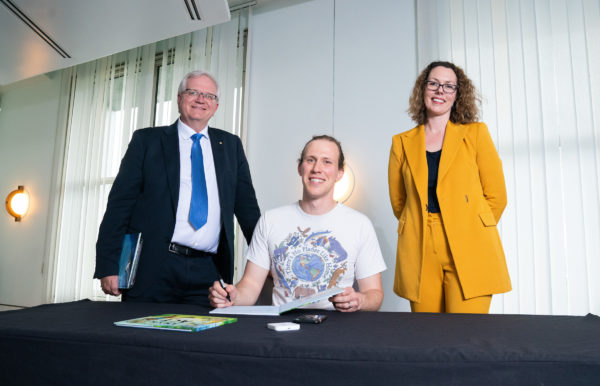
Tracey Nearmy/ANU
Becoming comfortable with diversity and with questions not only on ‘how’ but also ‘why’ we’re building the way we are, is something Dr Sturmberg hopes his book can inspire.
“I think having a way that we can all from within the industry talk to our kids and to the general audience about why it is that we want to transition and what it generally involves before going into the nitty gritty about how we need this sort of network tariff reform or regulate the network in this way – whatever technical, jargony things we need to do – to frame that in a broader, simpler narrative will hopefully be useful,” he says.
Amy’s Balancing Act launched in Parliament house in November, with praise from energy minister Chris Bowen and Australian National University Vice-Chancellor Professor Brian Schmidt, among many others.
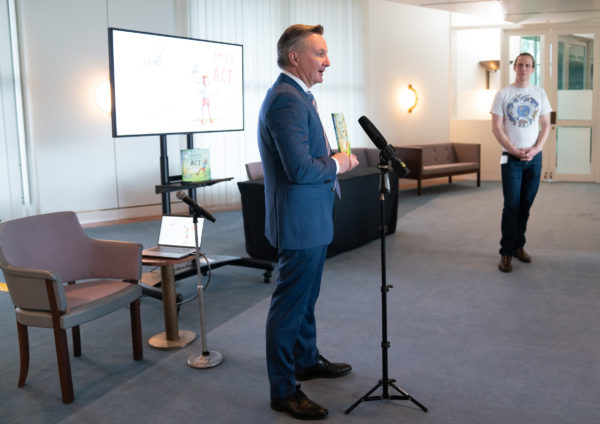
Tracey Nearmy/ANU
This content is protected by copyright and may not be reused. If you want to cooperate with us and would like to reuse some of our content, please contact: editors@pv-magazine.com.
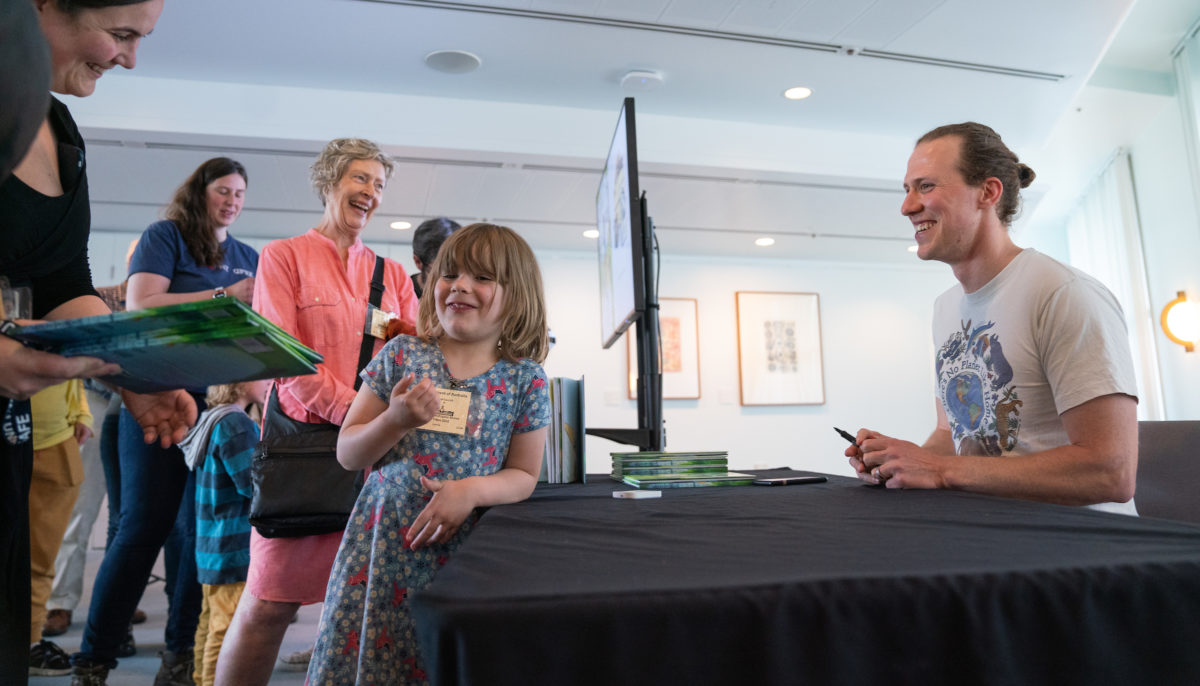








By submitting this form you agree to pv magazine using your data for the purposes of publishing your comment.
Your personal data will only be disclosed or otherwise transmitted to third parties for the purposes of spam filtering or if this is necessary for technical maintenance of the website. Any other transfer to third parties will not take place unless this is justified on the basis of applicable data protection regulations or if pv magazine is legally obliged to do so.
You may revoke this consent at any time with effect for the future, in which case your personal data will be deleted immediately. Otherwise, your data will be deleted if pv magazine has processed your request or the purpose of data storage is fulfilled.
Further information on data privacy can be found in our Data Protection Policy.